Did a race of giants inhabit enormous buried cities across North America?
Between the end of the 19th century and the beginning of the 20th century, numerous articles that appeared in the local newspapers of the main North American cities dealt with the discovery of the bones of giant men and the buried cities of giants. Is it possible that these findings refer to a past in which on our planet there lived a lineage of giant men who lived in equally giant cities?

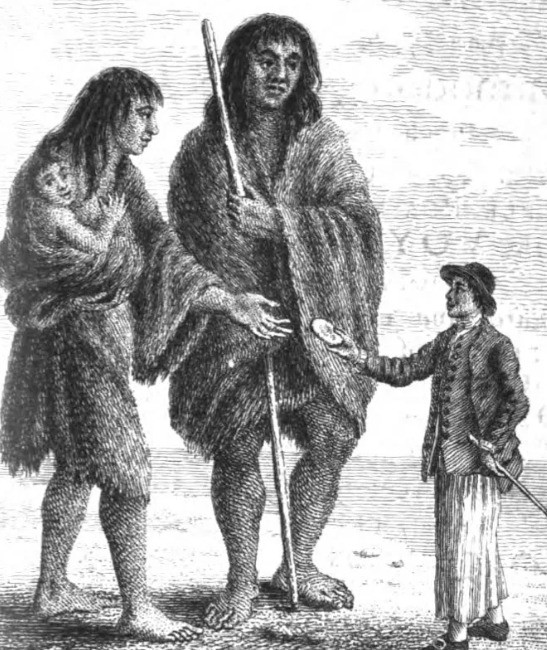
Let's go back to talking about giants, referring to a historical period of American journalism, between the 19th and 20th centuries, in which numerous articles reported continuous discoveries of gigantic human finds. However, a certain number of these reports also speak of gigantic buried cities, an ancient legacy of a lost world inhabited by a race of giant men, also known as 'giganthropes'.
One of the most famous articles appeared in the April 5, 1909 edition of The Arizona Gazette newspaper, under the headline “Explorations in Grand Canyon.”
The article reports the discovery by a certain G. E. Kinkaid of an 'immense underground citadel' while rafting on the Colorado River. The man came across a tunnel that extended nearly two kilometers underground, where there were numerous tablets engraved with some type of hieroglyphics and a stone statue that the man described as resembling a Buddha.
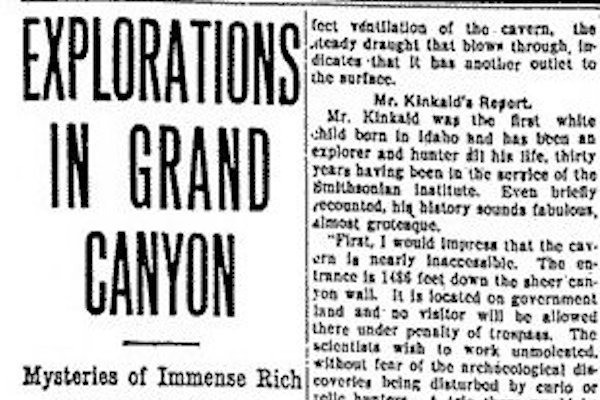
Several copper weapons lined the walls, but the most intriguing aspect of this ancient home (perhaps a place of worship or burial) were the mummies, completely wrapped in dark-colored fabric. Incredibly, according to the witness, the mummies preserved in the cavity were more than three meters high.
But this is not the only news reporting discoveries of cities of giants. An article that appeared in the New York Times on April 8, 1885, reports the discovery of a buried city in Missouri: a strange discovery in a coal mine near Moberly.
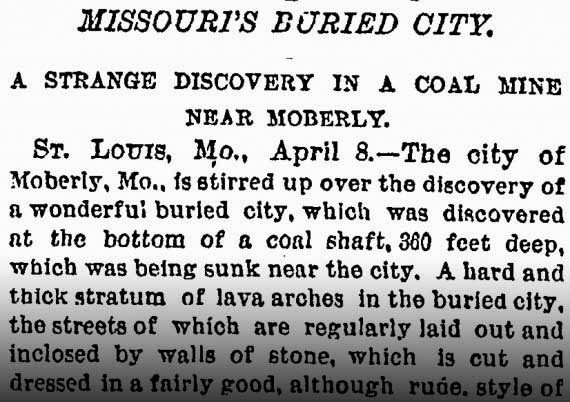
The discovery was made by a group of miners who, after digging a shaft more than 100 meters long, found themselves in what seemed like a wonderful buried city. The miners described that the ceiling of the cavity was supported by stone arches that hung over the city streets, regularly laid out and enclosed by stone walls.
The workers returned to explore the site together with David Coates, mayor of the city of Moberly and its sheriff George Keating. The group of explorers found a room 10 by 30 meters wide, with a series of stone benches and numerous tools inside. Additionally, the men saw several statues and carvings made of a material very similar to bronze.
Continuing their exploration, the small group discovered a still functioning stone fountain in a vast courtyard, from which perfectly clear water flowed. But what caught the men's attention was what lay near the fountain:
“Located next to the base of the fountain, lay parts of the skeleton of a human being. The femur measured four and a half feet, the tibia four feet and three inches, showing dimensions up to three times larger than the bones of an ordinary human being.”
According to the article, the giant man's skull had been shattered. Bronze tools, granite hammers, metal saws and flint knives were scattered all around.
“These were not perfectly polished tools, nor as accurate as those made by our best craftsmen, but sophisticated enough to prove the existence of a truly wonderful advanced civilization of the past.”
The explorers spent twelve hours in the buried city, emerging only after the oil in their lamps had nearly run out. According to the article, another expedition would be organized within a few days to continue the exploration, but the story, like many others, ended up in the oblivion of history, simply forgotten, or, as some think, definitively canceled.










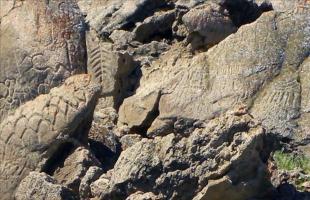
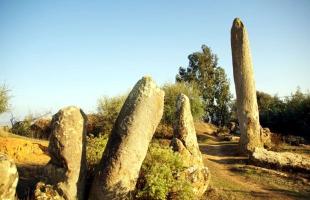
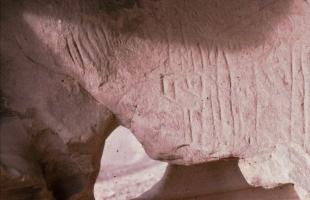


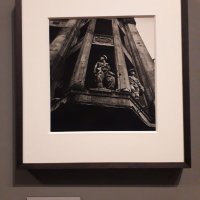
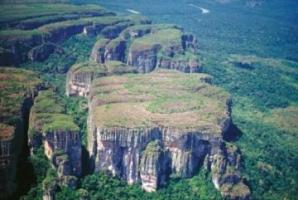
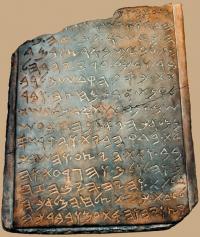
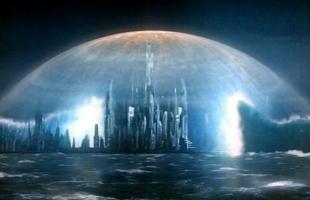








Comments